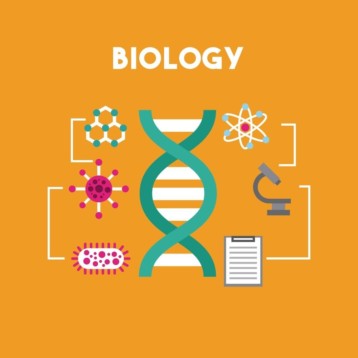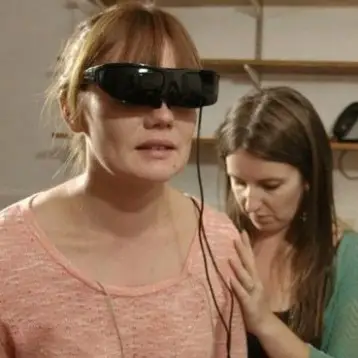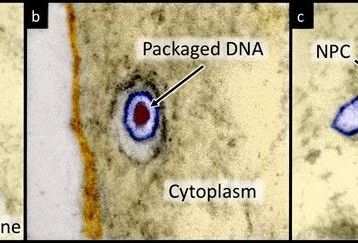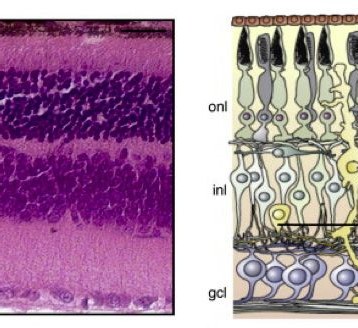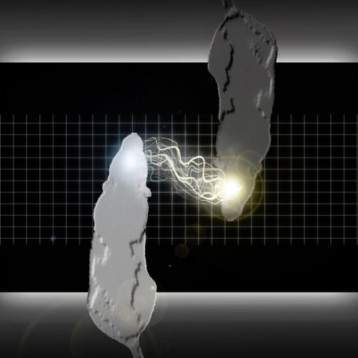|
Developed by a team led by Dr. C. Shad Thaxton, assistant professor of urology at Northwestern’s Feinberg School of medicine, the new nanoparticle consists of gold spheres five nanometers in diameter coated with fat and protein molecules. This coating mimics the surface of HDL particles and enables the bond with the LDL lining the blood vessels. This approach is very different than current treatments for high cholesterol which attempt to directly lower the levels of LDL in the body. It also helps us understand both the composition of HDL cholesterol and how it works at a deeper level.
Testing of the particles is still in its early stages, but Thaxton has already won several prestigious awards for his research into artificial HDL. Thaxton’s former thesis advisor Chad Mirkin and his current graduate students performed a series of tests of the strength of the bond between the artifical HDL and real LDL cholesterol; their results show that bond is extremely strong.
The next step involves testing multiple structures to see if they are as effective at bonding to the LDL cholesterol. Eventually the particles will have to be testing in animals and, if animal testing is successful, human patients. Dr. Thaxton hopes to develop a fully tested and approved treatment for high LDL cholesterol within the next ten years, one that not only matches but improves upon nature’s version of HDL. If successful, his treatment could reduce incidents of heart disease, high blood pressure, and other cardiovascular diseases. Such diseases are currently the single largest cause of death in the United States and in many European countries.
TFOT has reported on other research related to cardiovascular disease including the discovery of a protein that can reduce cell damage during heart attacks, the use of electric pulses to clear blocked arteries, a new medicine that helps patients adjust to stents and live a more active life once they’ve been implanted, and a new method for generating heart tissue and blood cells from skin cells.
Read more about the ongoing research into creating artificial HDL nanoparticles in this Northwestern University news release or visit the Thaxton group’s website.
Icon image credit: Jawahar Swaminathan and MSD staff at the European Bioinformatics Institute



